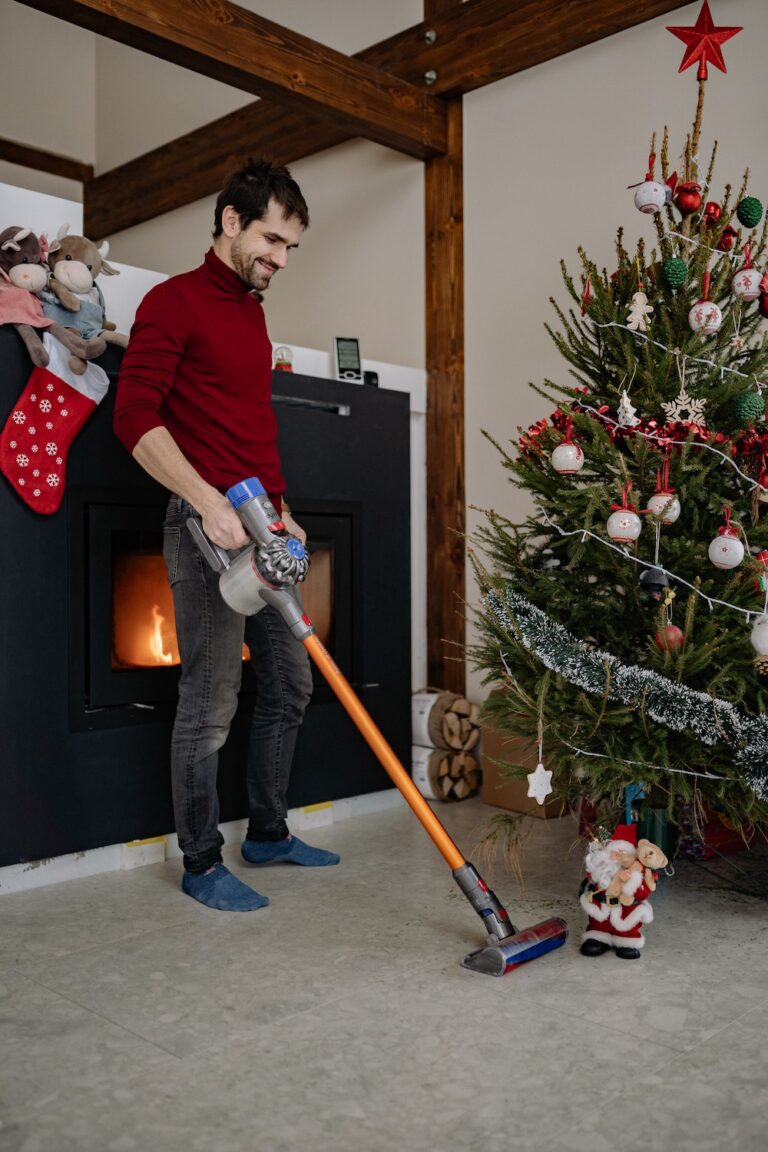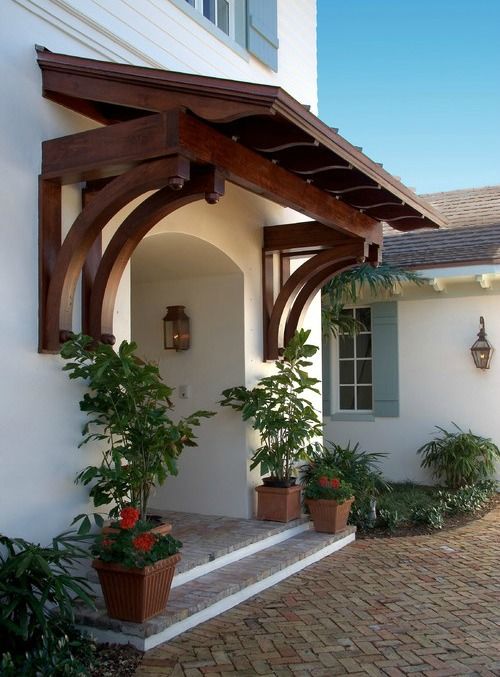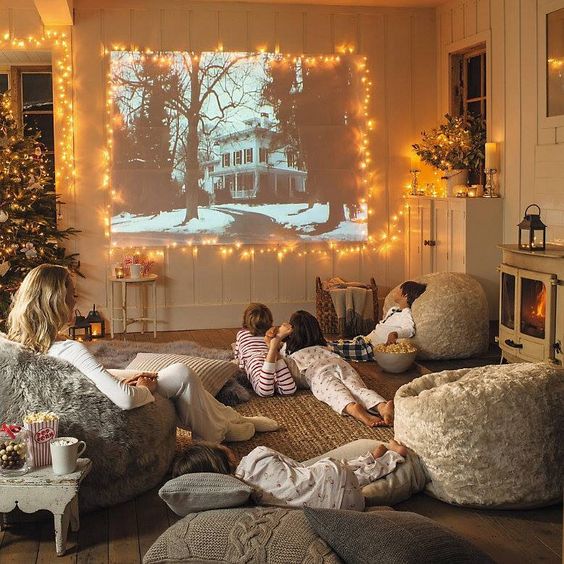How To Take Care Of Wooden Cutting Boards And Clean Them Correctly
A good diet should be healthy and safe, but it seems that we do not pay enough attention to our own kitchen. Many poisonings occur at home, hence the importance of knowing how to properly store and cook food. It is also important to pay attention to materials that come in contact with food, such as wooden cutting boards. Are they safe?
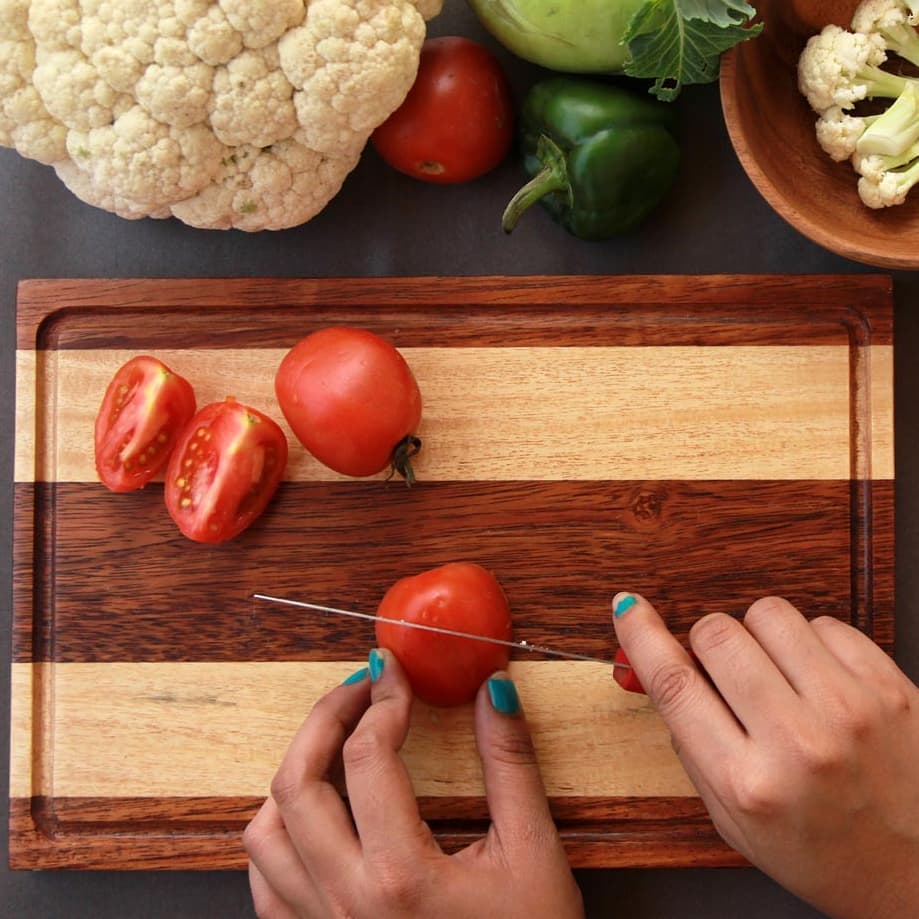
It is a thousand-year-old material that has been used from ancient times. With the widespread belief that plastic is better, I have long been concerned about the potential health risk of abusing this material in the kitchen. However, recent research shows that wood cutting boards can be much safer, provided they are treated well.
What does the regulation say?
The materials used to manufacture objects intended to come into contact with food must meet specific requirements set by the authorities.
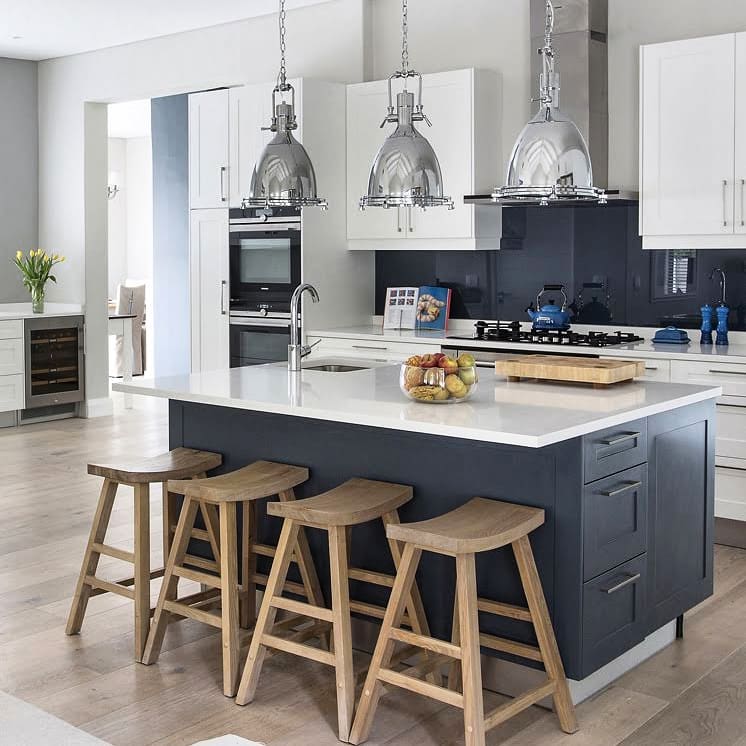
If you live in Europe, the current legislation is based on Regulation (EC) 1935/2004 of the European Parliament and of the Council, as well as Regulations No. 2023/2006 and No. 11/2010, and subsequent amendments. Wood is considered a non-harmonized material, such as cork or cardboard. Countries can develop specific regulations for each material.
If you live on the USA, you can find this information, alongside with tips, on the USDA website. Basically, they recommend the following:
Both wooden and plastic cutting boards can be sanitized with a solution of 1 tablespoon of unscented, liquid chlorine bleach per gallon of water. Flood the surface with the bleach solution and allow it to stand for several minutes. Rinse with clear water and air dry or pat dry with clean paper towels.
USDA
A material suitable for food use must be sufficiently inert to not have a negative effect on health and to not affect the quality or composition of the food itself. The objects whose security is certified appear correctly labeled with the composition, manufacturer, origin and the well-known symbol of the cup and fork.
In the professional field related to the food industry, the use of wood is discouraged. Food handling manuals usually advise replacing wooden boards with polypropylene boards, since wood is considered too porous material. However, it is still a widely used, especially in the more traditional sector.
The (good) wooden cutting boards are safe
Are the plastic boards really better? The wooden ones are very nice and look good on the table but, to what extent are they safe? As a result of these debates, the lack of specific legislation and the confusion that surrounds the consumer, investigations have been carried out to determine the degree of security that wood boards have.
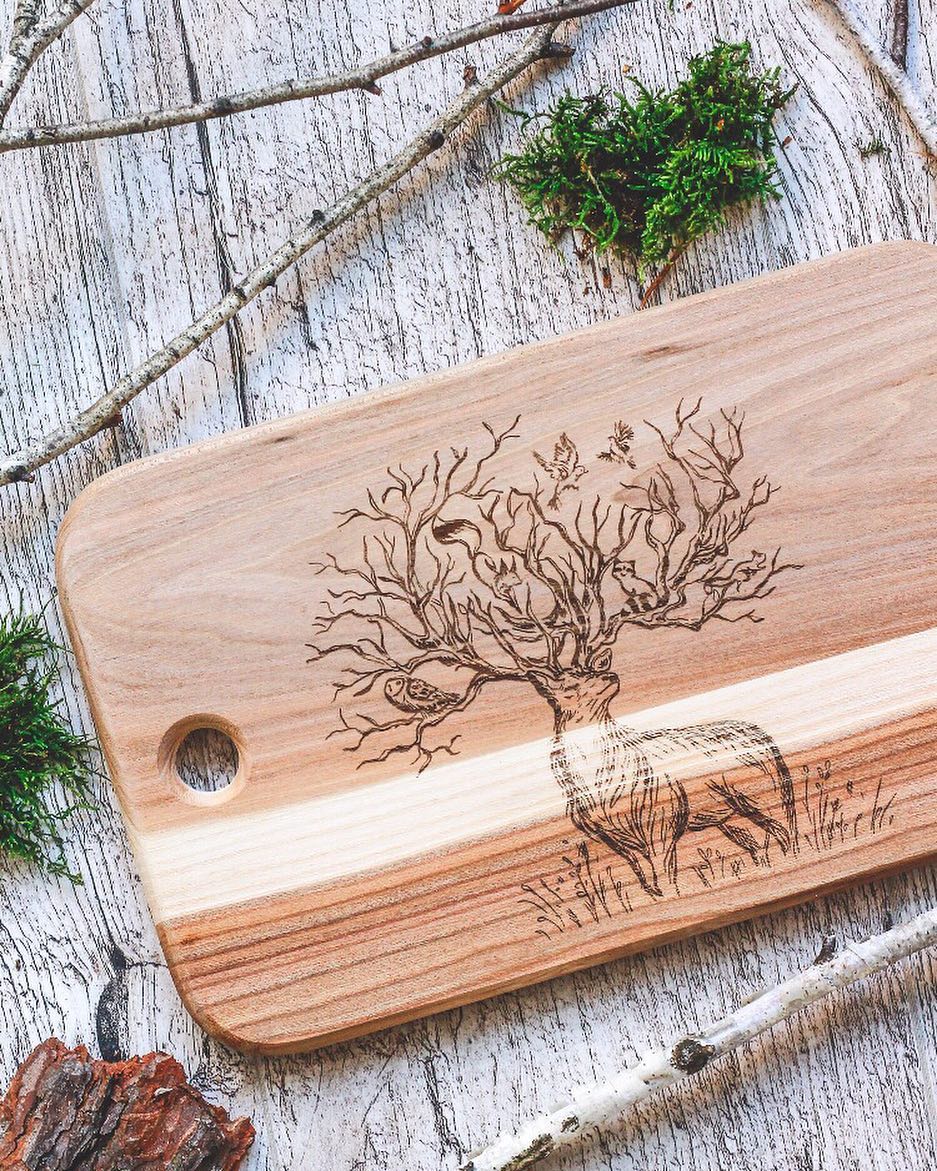
The most problematic points have always been the “natural” origin of the wood, because it is not a completely inert material, and its porosity. With the use marks and slits are formed on the surface, and theoretically there accumulates moisture, making cleaning difficult, which could facilitate the development of bacteria.
However, recent studies indicate that the composition of the fibers act as bactericides. When analyzing the antimicrobial capacity of wooden boards, it is concluded that bacteria that can penetrate are trapped and die.
A plastic board is more susceptible to shocks, dents, cuts and scratches that, in the long run, are more difficult to clean, and sometimes could even damage the blades of the knives. Wood is less aggressive with food and with cutting tools.
An advantage that the plastic presents is the variety of colors, which facilitate the division of work to separate food and avoid cross contamination. As much as wood is more hygienic, we should never use the same surface to cut raw and cooked foods, or mix fish, meat and vegetables.
How to take care of wooden boards
With the knowledge that a good wooden board can be totally safe, we just have to choose it well and take care of it correctly to guarantee its quality. Avoid dubious origins and those made with conglomerates: a good board must be solid and resistant.
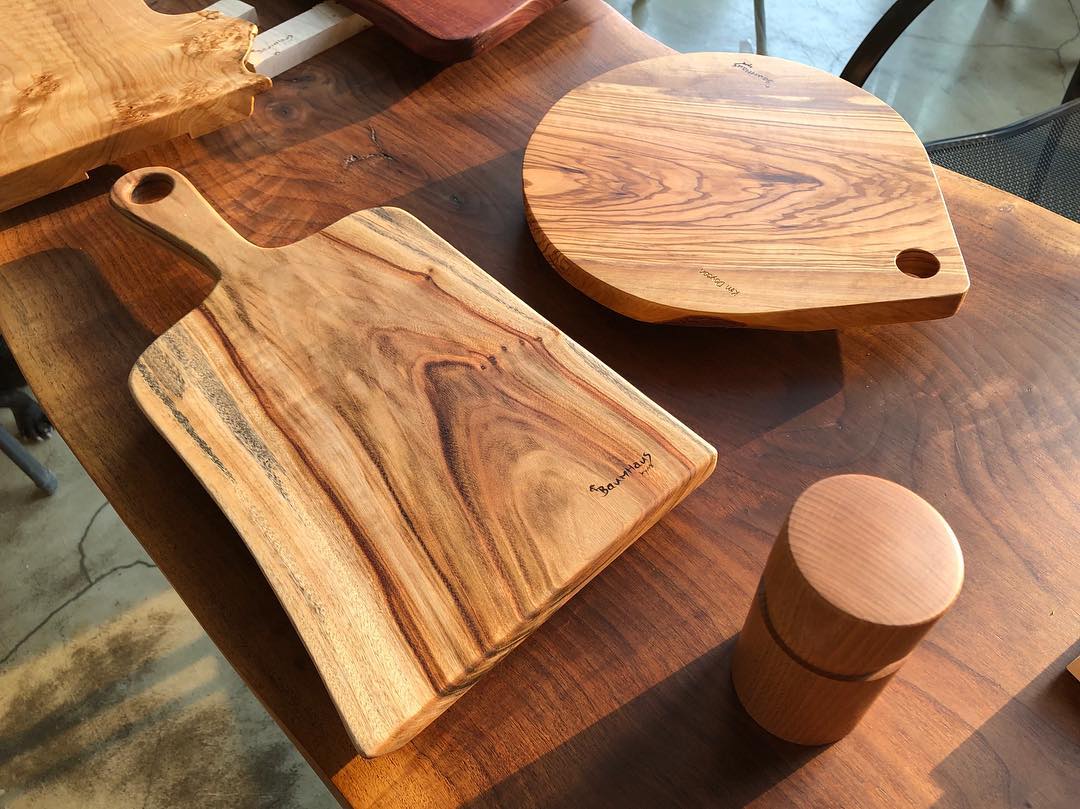
The most commonly used woods are beech, acacia, walnut, bamboo, olive or oak, that are noble and resistant materials. It is advisable to read the instructions or advice of the manufacturer on its maintenance, and wash them well before the first use. It’s recommended to have two or more well differentiated boards according to the use we are going to give them. Here are some recommendations:
In order to be totally safe and to last us for a long time, we can apply good essential practices of use and care at home :
- Never put the wooden boards in the dishwasher.
- Always clean them immediately after each use.
- Wash by hand with warm water, neutral common detergent and a soft sponge or sponge.
- Rub well and thoroughly, but without damaging the material.
- Always remove the excess water, lightly wipe with a clean cloth or kitchen paper, and let it dry completely in the air.
- Never leave it to soak in the sink or in prolonged contact with water or moisture.
- Allow drying in vertical position so that all parts are exposed to the air equally; This prevents the fibers from contracting unevenly, which could damage their structure.
- If they have caught any strong odor, sprinkle with white wine or apple vinegar, rinse well and dry.
- Apply regularly a specific oil for the treatment of wood suitable for food use. At least, once a month; even weekly if you use them a lot.
With these tips you can be sure that your wooden cutting board will be in good condition and perfectly safe for cooking.


